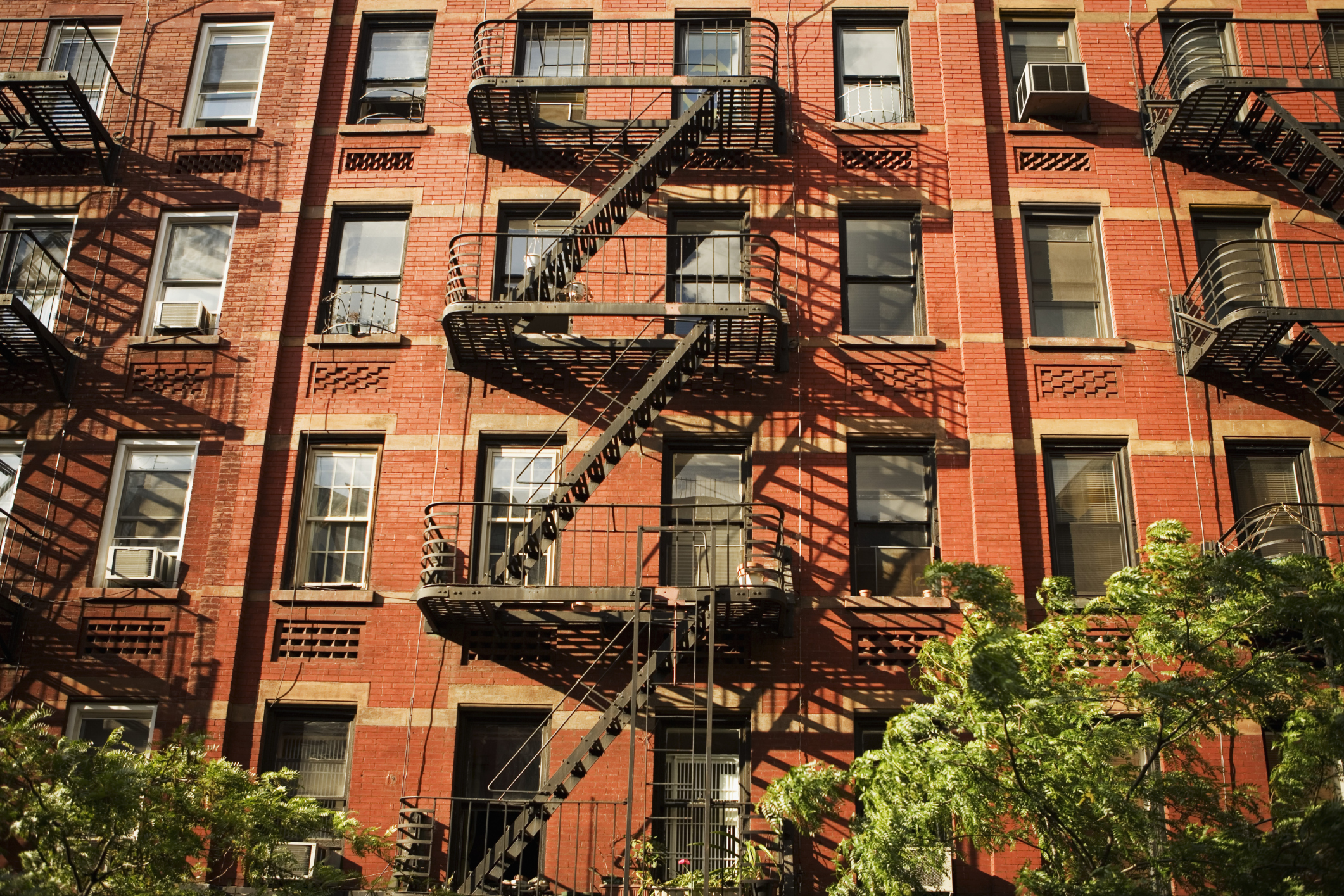
New rule issued to protect public housing occupants from sexual harassment in their home.
“A home should be a refuge where every woman and man deserves to live without the threat of violence or harassment,” said Secretary of U.S. Department of Housing and Urban Development (HUD), Julian Castro, at a recent press conference. Unfortunately, for some women in public housing this is a distant dream. HUD receives more sexual harassment complaints than any other type of harassment complaint.
In an effort to protect women in public housing, HUD recently issued a proposed rule that would define two of the most common forms of harassment affecting women in public housing – quid pro quo and hostile environment harassment – neither of which HUD has formally regulated in the past.
The proposed rule would formalize the legal standards to use in harassment cases under the Fair Housing Act, which prohibits harassment in housing based on race, color, religion, sex, disability, and family status. Up to this point, courts have been applying the more stringent requirements of the Title VII employment harassment framework.
According to the proposed rule, quid pro quo harassment occurs when submitting to an unwelcome request or demand is made a condition related to the person’s housing. Hostile environment harassment involves subjecting a person to “unwelcome conduct that is sufficiently severe or pervasive such that it interferes with or deprives the person the right to use and enjoy the housing.”
The proposed rule would also provide that claims of hostile environment harassment may be established through a “totality of the circumstances” analysis – taking every fact into consideration. The proposal provides several factors to consider in determining whether a hostile environment has been created, including “the nature of the conduct; the context in which the conduct occurred; the severity, scope, frequency, duration, and location of the incident(s); and the relationships of the persons involved.”
The proposed rule notes the “heightened rights” that exist within the home and the importance of “preserving the sanctity of the home, the one retreat to which men and women can escape.” To that end, the proposed rule would mean that sexual harassment claims in public housing no longer would have the heightened proof requirements needed to prevail in employment discrimination cases. In particular, unlike in the employment context, the proposed rule would allow public housing complainants to use a single incident to prove that illegal quid pro quo or a hostile environment harassment occurred.
As is especially important in the public housing context, the proposed rule would also expand vicarious liability – liability for the actions of an agent of the housing provider, regardless of whether the housing provider was aware of the misconduct – for all violations under the Fair Housing Act. Unlike in direct liability, where a person is only accountable for his or her own misconduct, a person may be vicariously liable for the actions of another as long as the conduct occurred within the scope of the formal agency relationship.
A multitude of women in public housing complexes pressing sexual harassment charges against their local housing authorities sparked the proposed rule.
For example, the Department of Justice recently commenced a lawsuit against the Kansas Housing Authority, alleging that a former hearing officer made sexual advances toward women applying for public housing and women who received eviction notices.
Similarly, in Baltimore, where nearly one in four residents live under the poverty line, twenty women living in public housing projects joined a federal class action lawsuit against the Baltimore Housing Authority, claiming that their housing complex’s maintenance workers demanded sexual favors in exchange for repair work. The complaint also states that the plaintiffs had to forego heat and functional appliances because they refused the sexual requests.
The public may comment on the proposed rule until December 21, 2015.



